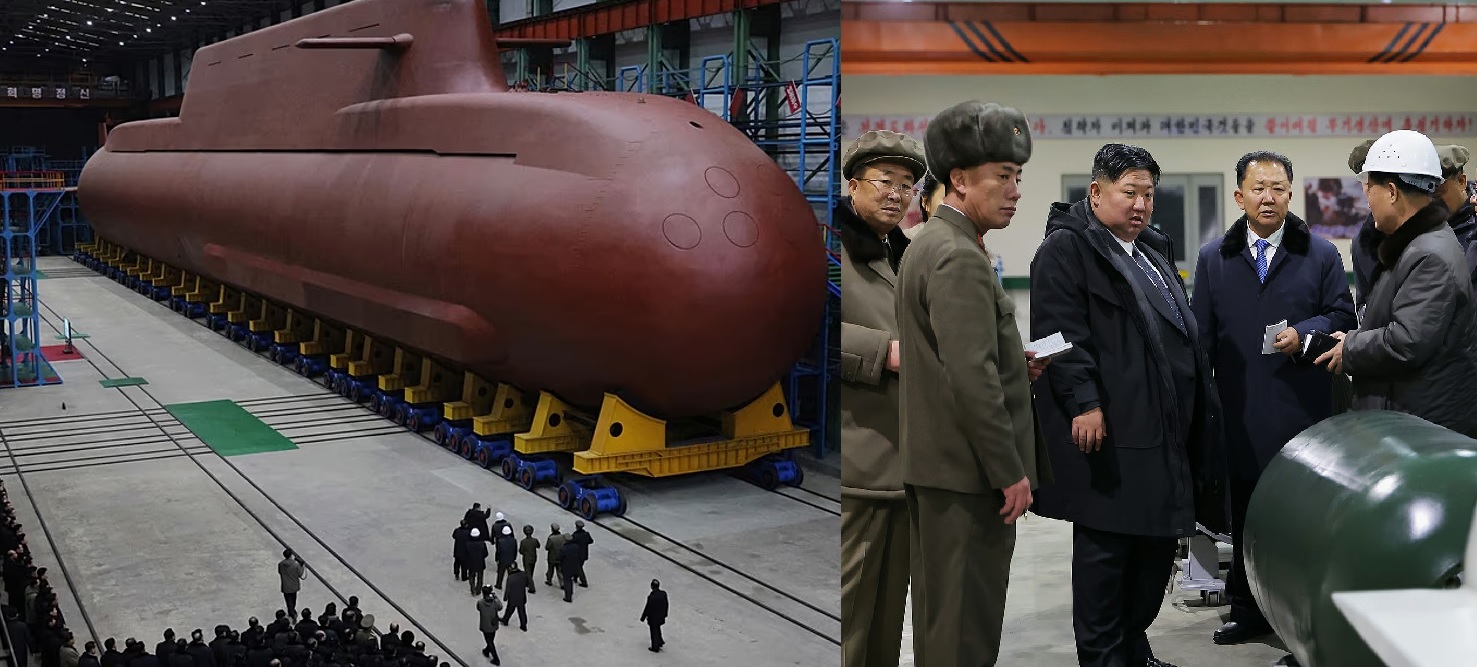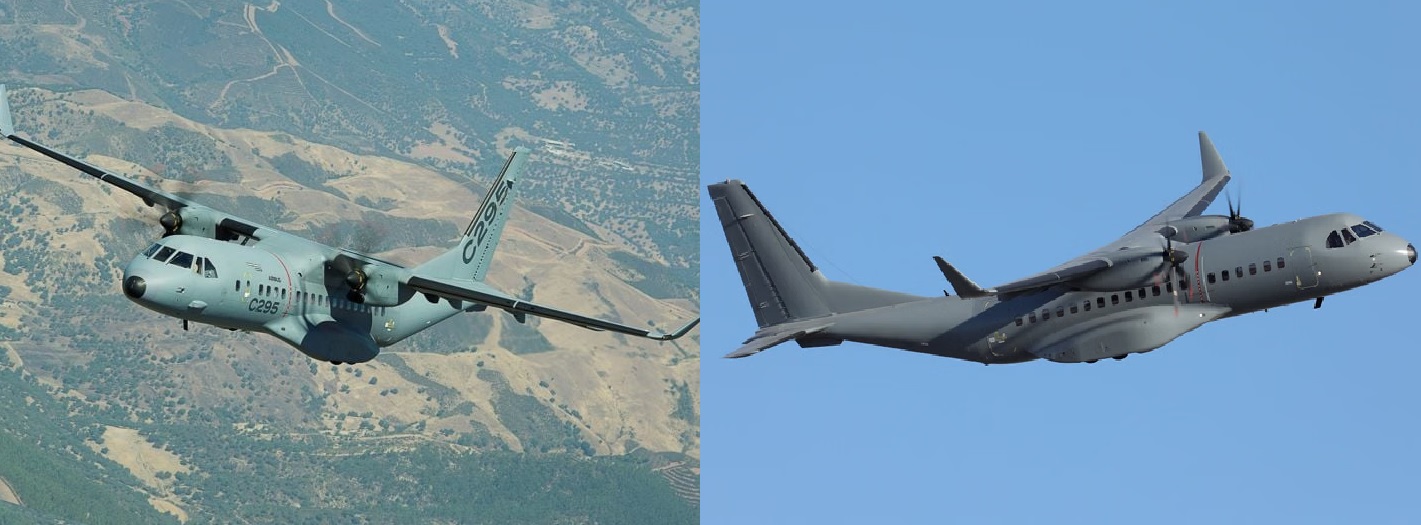China Begins Trial Production at the World’s First Flying Car Smart Factory in Guangzhou

China has officially entered a new era of mobility innovation, as XPENG AEROHT, a subsidiary of XPENG Motors, began trial production at the world’s first flying car smart factory in Guangzhou, southern China. This facility represents a major step toward the mass production of urban air mobility (UAM) vehicles, blending the automotive and aerospace industries in a way no other country has yet achieved.
The newly unveiled plant is designed with an annual production capacity of 10,000 detachable aircraft modules, allowing it to assemble one complete flying vehicle every 30 minutes once full operations begin. The automated factory integrates advanced robotics, precision assembly lines, and real-time quality-control systems, showcasing China’s rapid advancement in smart manufacturing.
A New Milestone for XPENG AEROHT
XPENG AEROHT, founded by He Xiaopeng—the same visionary behind XPENG Motors—has long been at the forefront of personal aviation technology. The company’s latest model, often referred to as the “Land Aircraft Carrier,” is a dual-mode vehicle designed to operate both as a road-capable electric car and a vertical take-off aircraft.
Unlike traditional VTOL (Vertical Takeoff and Landing) drones, XPENG’s flying car features detachable flight modules—essentially a compact aircraft that can separate from the road vehicle base. This allows drivers to switch between ground and air travel seamlessly, offering a practical solution for short-range aerial commuting and emergency travel in congested cities.
Specifications of the Vehicle
While full production specs are still evolving, publicly available information outlines the following key technical details:
Ground Module (“Mothership”):
-
Length: ~ 5.5 m | Width: ~ 2 m | Height: ~ 2 m
-
Drive Layout: 6-wheel (tri-axle) all-wheel drive
-
Power System: 800 V high-voltage architecture
-
Driving Range: up to 1,000 km under CLTC standard
-
Charging: 30 % → 80 % in ~18 minutes (fast-charge)
Air Module (eVTOL Flight Component):
-
Capacity: 2 passengers (pilot + one passenger)
-
Propulsion: 8 electric motors and propellers (Distributed Electric Propulsion)
-
Flight Time: approximately 35 minutes
-
Cruise Altitude: around 300–500 m
-
Structure: lightweight carbon-fiber composites for efficiency and safety
Strong Market Demand and Pre-Orders
According to company officials, XPENG AEROHT has already secured nearly 5,000 pre-orders for its flying cars, signaling strong domestic demand even before mass production. The first batch of deliveries is scheduled for 2026, marking the start of what XPENG describes as the “commercial era of flying mobility.”
The production facility will expand throughout 2025 to reach full capacity, employing advanced automation systems for composite molding, electric-propulsion assembly, and flight-system calibration.
A Symbol of China’s Leadership in Future Mobility
The Guangzhou smart factory is more than a technological milestone—it’s a strategic declaration. China aims to dominate the next-generation transportation sector, investing heavily in electric vertical take-off and landing (eVTOL) systems, autonomous-flight technologies, and regulatory frameworks to make aerial commuting safe and scalable.
Major Chinese cities such as Shenzhen, Guangzhou, and Shanghai are already setting up low-altitude flight corridors, pilot zones, and digital air-traffic management systems to integrate flying cars into their urban-mobility networks.
From Vision to Reality
XPENG AEROHT’s progress comes after years of research, testing, and regulatory approvals. The company’s X2 flying-car prototype successfully completed public demonstration flights in Dubai (2022), proving its airworthiness. Since then, engineers have focused on lightweight materials, noise reduction, and emergency-landing safety to make the aircraft more suitable for urban environments.
Industry observers note that if XPENG meets its 2026 delivery target, China could become the first nation to commercialize a mass-produced flying car, ahead of U.S. and European firms such as Joby Aviation and Lilium GmbH.
✍️ This article is written by the team of The Defense News.






